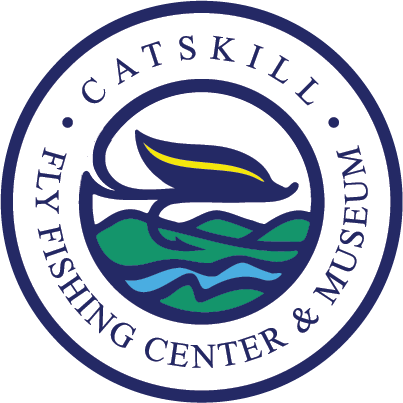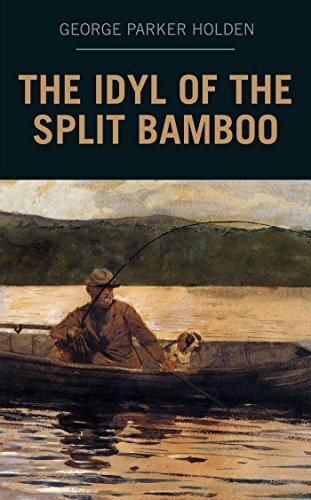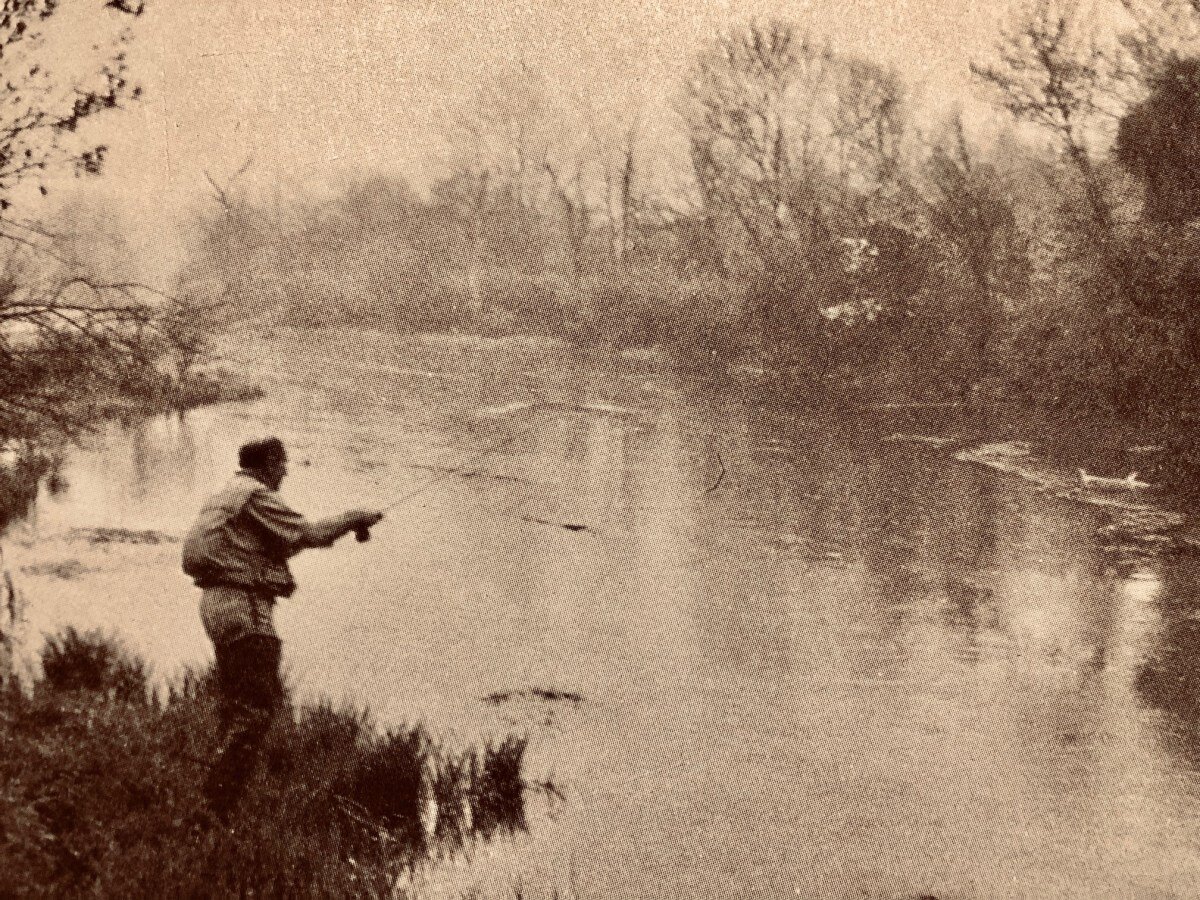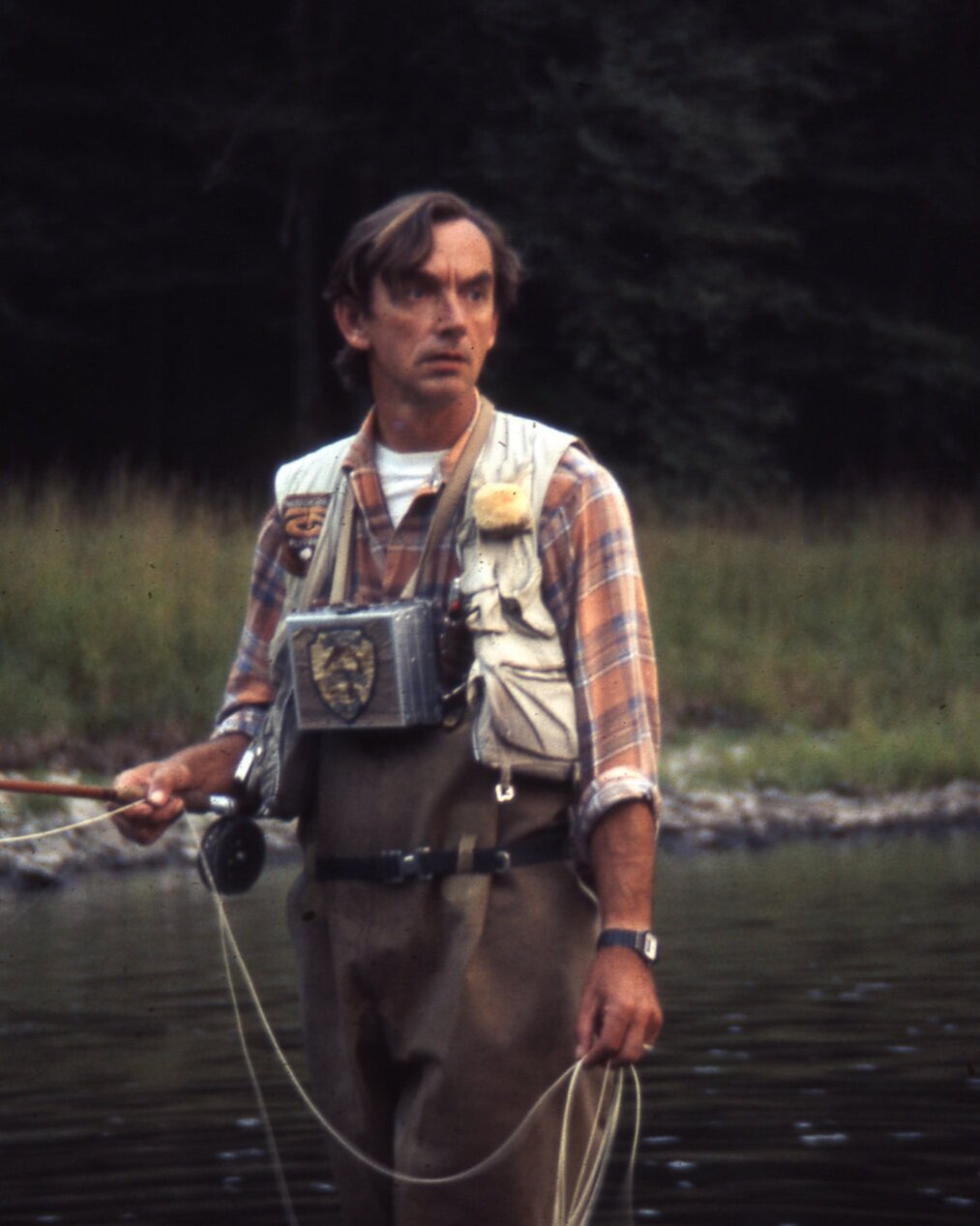Larry Solomon, with Eric Leiser in 1977, wrote The Caddis and the Angler. This groundbreaking book proved to be the forerunner of many books on caddis flies and continues to serve as a reference on the topic. Besides covering caddis flies, the book explores new fly patterns and techniques for fishing them. Larry based much of what he learned for the book on observation of caddis flies in an aquarium in his New York City apartment.
As an outgrowth of his study of caddis, Larry developed the later-to-become-popular “delta wing” concept for tying caddis imitations. This concept showed up in other anglers’ writings and has been generally incorporated into fly tying of caddis flies.
Larry went on to write another book, The Complete Book of Modern Fly Fishing, published in 1979. Here he provided anglers with information on tackle, fly casting, fly tying and fly fishing in both fresh and salt water. Larry also highlighted the importance of taking care of our cold-water fisheries and encouraged anglers to support conservation organizations such as Theodore Gordon Flyfishers, Trout Unlimited and the Federation of Fly Fishers.
Moreover, dozens of fledgling anglers have accompanied Larry on the stream to their lasting benefit, as they learned entomology, casting techniques, water reading and the wiles of trout from him. Countless more gratefully learned the “arts of angling” programs at TGF and other fishing shows.
Larry also dedicated much of his time and effort to protecting trout fisheries. He served as an officer and then as president of Theodore Gordon Flyfishers in the late 70s. He continued to press for appropriate stream regulation. During this time, he actively participated in the fight by TGF against the Prattsville Pumped Storage Proposal by New York State Power Authority. Larry also worked with other organizations to improve water release schedules from NYC reservoirs into Catskill rivers and worked against various local threats to streams in New York State and elsewhere.





















